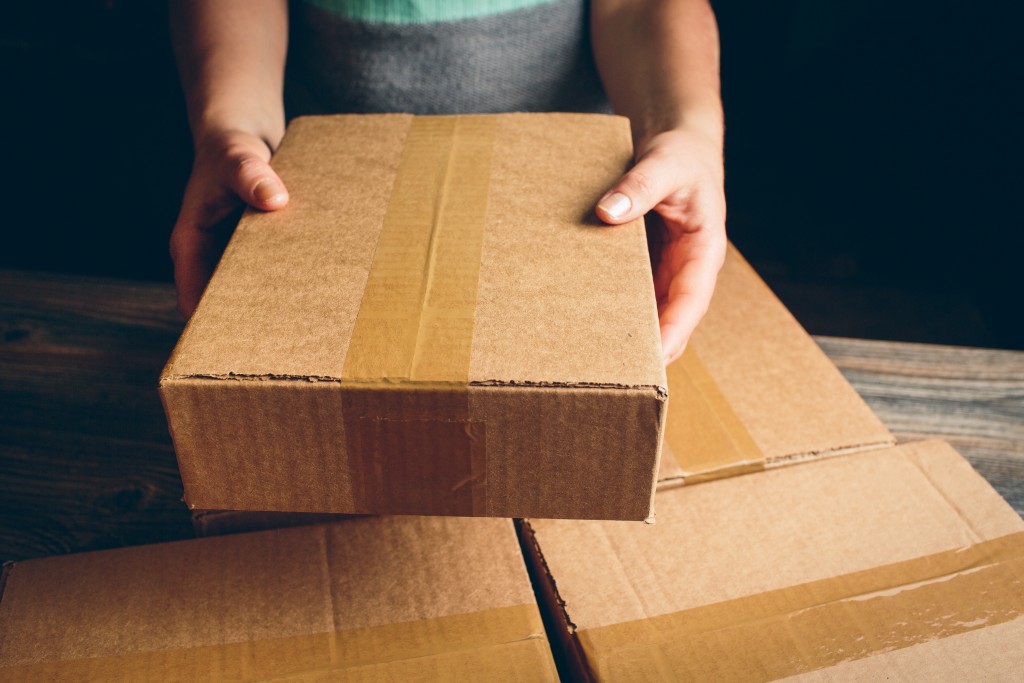A packaging prototype represents a single unit of your packaging without heavily investing in mass production. It is usually made by hand or by machine.
A prototype is not to be confused with a sample of your packaging. It is proof that you gave the vendor the final permission to move forward with manufacturing your packaging.
Why Would You Need a Packaging Prototype?
Prototyping helps you the right design that convinces your target audience to buy your product. According to a national study conducted by the Paper and Packaging Board with data analyst IPSOS, 72% of Americans agree that the design of packaging can affect their purchasing decision.
A packaging prototype saves you from spending money needlessly on a small run of packaging from your manufacturer. Since you’re presenting your product, you need only a single unit of your product.
Whether your product needs bar wraps, candy bags, or boxes, having a well-designed mockup is useful because it:
- Helps examine the success of a product packaging when placed into the hands of consumers
- Adds legitimacy to a new product when it’s presented to the market for the first time
- Identifies what designs and materials best protect the product when it’s displayed, shipped, and stored
- Improves a product and brand’s presentation to focus groups, investors, and trade shows
Where Can You Get a Packaging Prototype?
You can get prototypes from small box suppliers and other makers of packaging. However, not all manufacturers and suppliers will make one for you. Some packaging companies will require a minimum number of units to be produced. Others will charge you for the prototypes if you decide not to hire them to deliver your packaging.
Most packaging companies are wary of making prototypes for anyone because they want financial returns. They don’t want to make a prototype for a buyer who might take the prototype and leave without giving them anything in return.
 The Prototyping Process
The Prototyping Process
The prototyping process starts by creating a design of the product and pinning down exact specifications.
The approved design is sent to the supplier for the creation of a prototype. Once you receive the mockup, you can assess the effectiveness of the packaging by presenting it to your internal team, investors, and focus groups. You can then proceed with a larger print run or tweak the design of the packaging.
Different Packaging Prototypes
Depending on your chosen packaging supplier, the prototype can come in different methods:
- 2D Illustrated Sketches: The designer creates the mockup from a pencil and paper. This method allows you to get a wide range of prototype options in a couple of hours.
- 3D Renderings: The designer produces the prototype from a 3D modeling software. This method gives you a photorealistic look at how your product would appear on shelves.
- 3D Mockups: The designer creates the mockup from cheaper and readily available materials to give you an idea of the shape and size of the packaging. Your supplier might also make a prototype through 3D printing.
- Prototype Unit Tool: The supplier creates an exact copy of the product packaging that will be placed on store shelves.
A product’s packaging is the first thing a prospective customer sees before deciding whether they want to buy the product. Before you start the production of your product, get a prototype of its packaging first. Mockups give you a chance to test your ideas and make sure they are practical and attractive to your potential customers.

